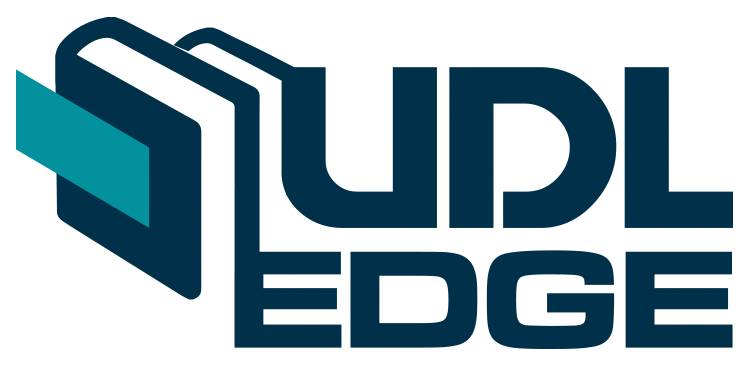Malay Reasoning
DOI:
https://doi.org/10.22452/KATHA.vol11no1.1Keywords:
Malay logic, mogamic reasoning, modal reasoning, budic reasoning, insya Allah reasoningAbstract
We discuss the nature of Malay statements using the term moga-moga or its equivalents semoga and mudah-mudahan, especially when referring to an implication. We show that this term is uniquely Malay. In fact, even though it may be translated as “hopefullyâ€, “in hopeâ€, “mayâ€, “may it beâ€, “wish†and “letâ€, further analysis of its usage as we have shown here, these translations are found to be inaccurate. Therefore, we propose to anglicize the terms based on moga-moga so that we discuss here the mogamic reasoning and its relation with the well-known modal reasoning (modal logic), that is, the English modal reasoning. We show that the mogamic reasoning is different from the English modal reasoning. From the beginning of our discussion, we argue that our mogamic reasoning is suitable to include the other two Malay forms of reasoning, namely, the budic reasoning (based on the Malay proverbs and pantuns on budi) originally proposed by Lim (2003), Hassan (2003) and the Islamic reasoning, the insya Allah reasoning proposed by Shaharir (2013a); and simultaneously improve the concept of budic reasoning.
Downloads
Downloads
Published
How to Cite
Issue
Section
License
Articles submitted to the journal should not have been published before in their current or substantially similar form, or be under consideration for publication elsewhere. Authors submitting articles for publication warrant that the work is not an infringement of any existing copyright and will indemnify the publisher against any breach of such warranty. For ease of dissemination and to ensure proper policing of use, papers and contributions become the legal copyright of the publisher unless otherwise agreed. By submitting a manuscript, the author(s) agree that copyright for the article is transferred to the publisher, if and when the manuscript is accepted for publication. However, it can be reprinted with a proper acknowledgment that it was published in KATHA.

This work is licensed under a Creative Commons Attribution-NonCommercial-NoDerivatives 4.0 International License.




